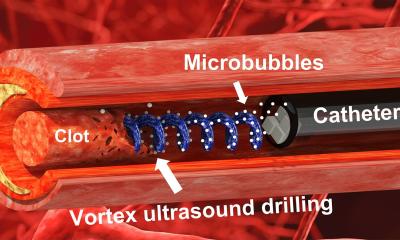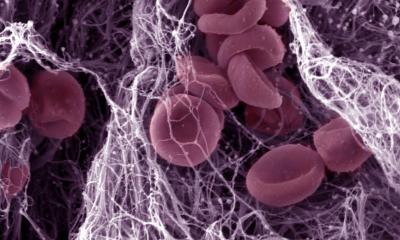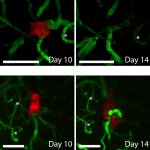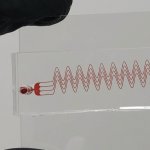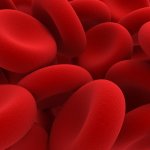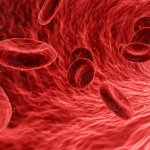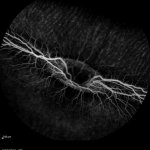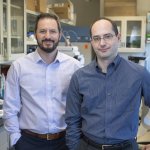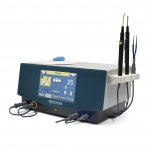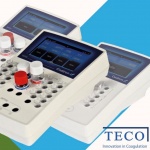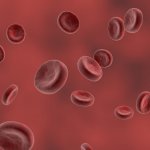
News • Anticoagulants vs coronavirus
Preventive blood thinning could reduce risk of Covid-19 death
Patients given preventive blood thinning drugs (prophylactic anticoagulants) within 24 hours of admission to hospital with Covid-19 are less likely to die compared with those who do not receive them, a new study finds. Clinical trials are now underway to see if prophylactic anticoagulants could be an effective treatment for Covid-19. In the meantime, the researchers say these findings provide…






